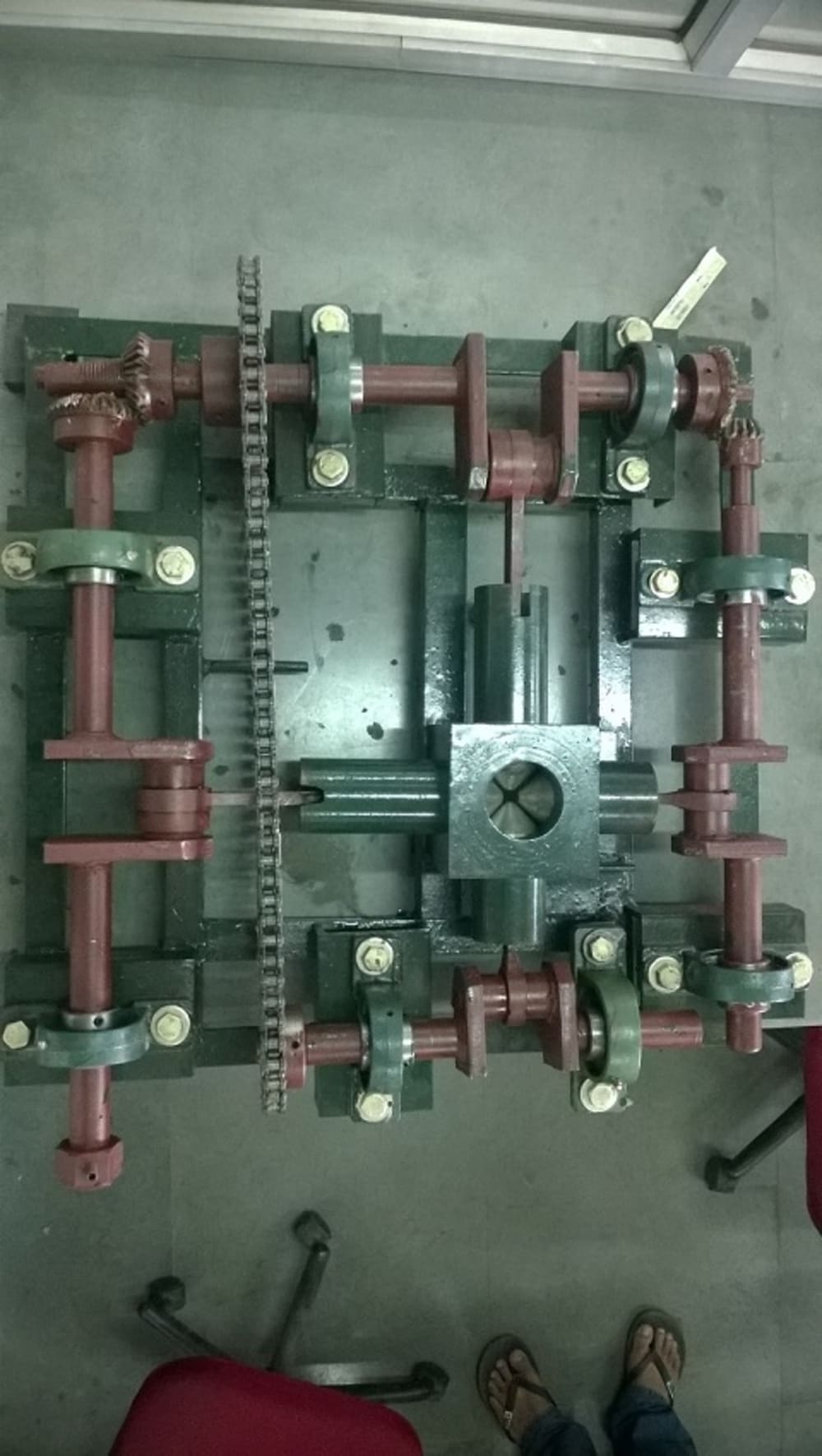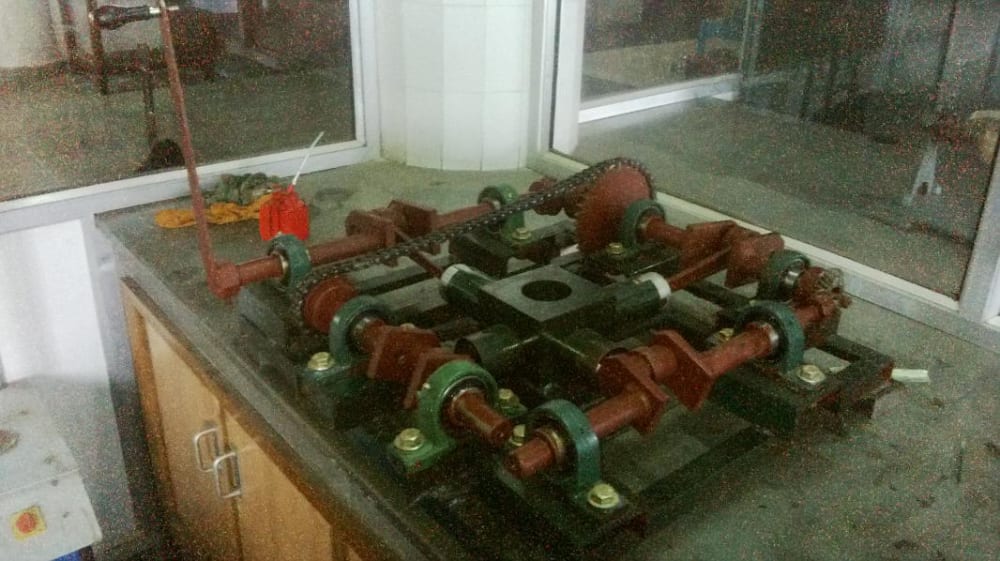The engine design basically aims at extracting energy out of heat which otherwise would be lost to coolant and exhaust pipe. Basically in this design, we have clubbed a two stroke and a four stroke from two different axes.
So when the fuel is ignited by means of compression or by spark plug, the heat generated by compression is utilized to push piston in all four direction thus giving maximum expansion opportunity for burning gases thereby reducing the exhaust loss and so temperature comes down further leading to reduction in heat transfer loss. These two losses make up to % of the total loss in an engine.
It is based on the principle of “law of conservation of linear momentum” which explains that if something is at rest initially, then after collision or explosion each particle should possess their own momenta such that their summarion comes out to be of same value as that of initial state.
So, here the system is compressed and the fuel mixture is at rest before actual ignition. So after explosion the charge should move in all possible direction to conserve linear momentum.
Now, coming to the design part. To fulfil our aim we have incorporated two sets of opposed piston engine in two axial directions. Now to transfer the power of each individual crank and piston assembly, we have utilized two bevel gears and a chain and sprocket assembly to transfer the power onto a single main crankshaft. In the middle, the crank block holds the liner and at the same time can contain the intake manifold system. The pistons of two stroke parts will take care of exhaust system through piston porting and also the uniflow type scavenging of burnt gases.
Also since there is a maximum focus on conserving linear momentum, so it also needs minimum engine balancing.
Like this entry?
-
About the Entrant
- Name:Kumar Shivang
- Type of entry:teamTeam members:Kumar Shivang
Mohit Gupta
Prince Jain
Viplav kirti - Patent status:pending








